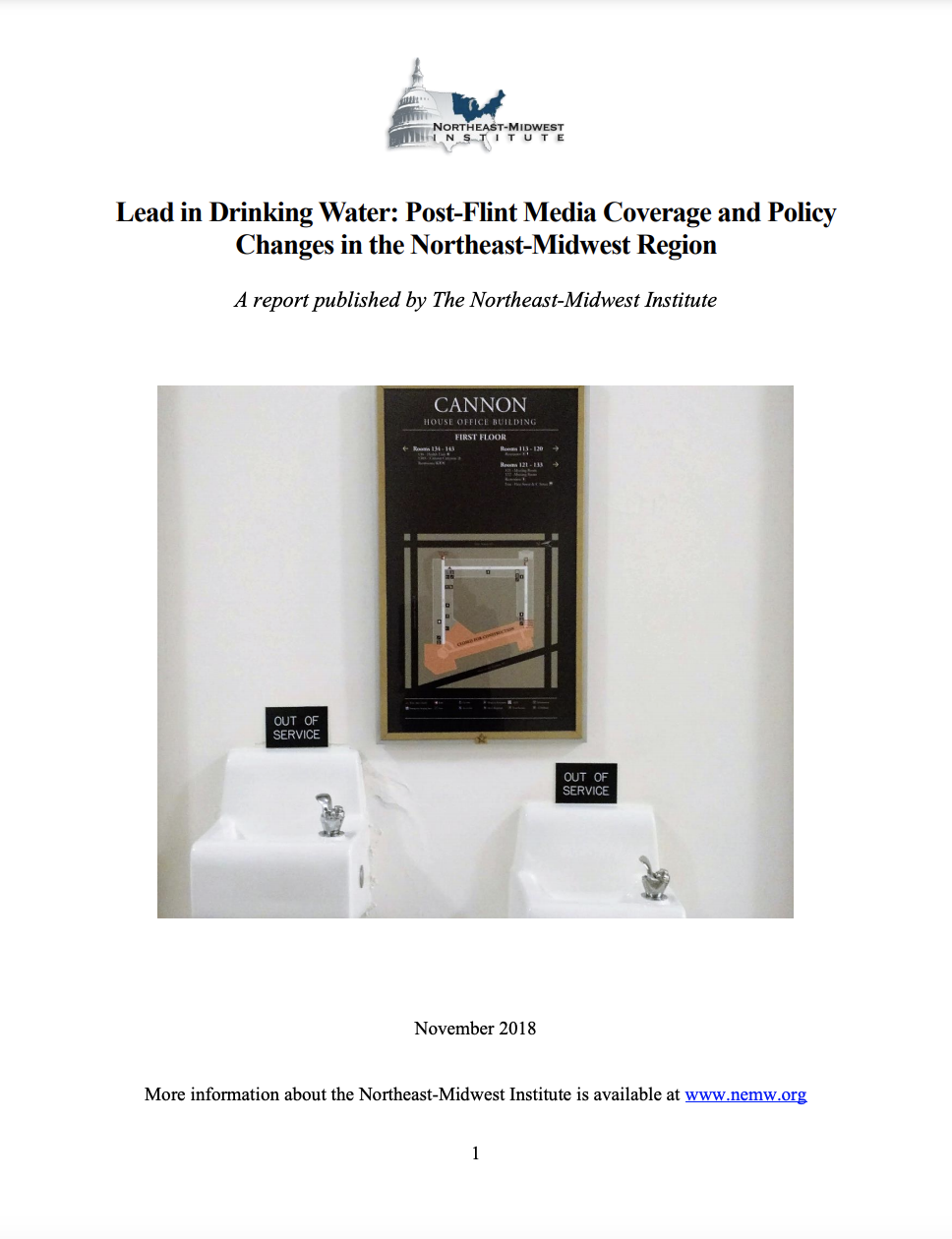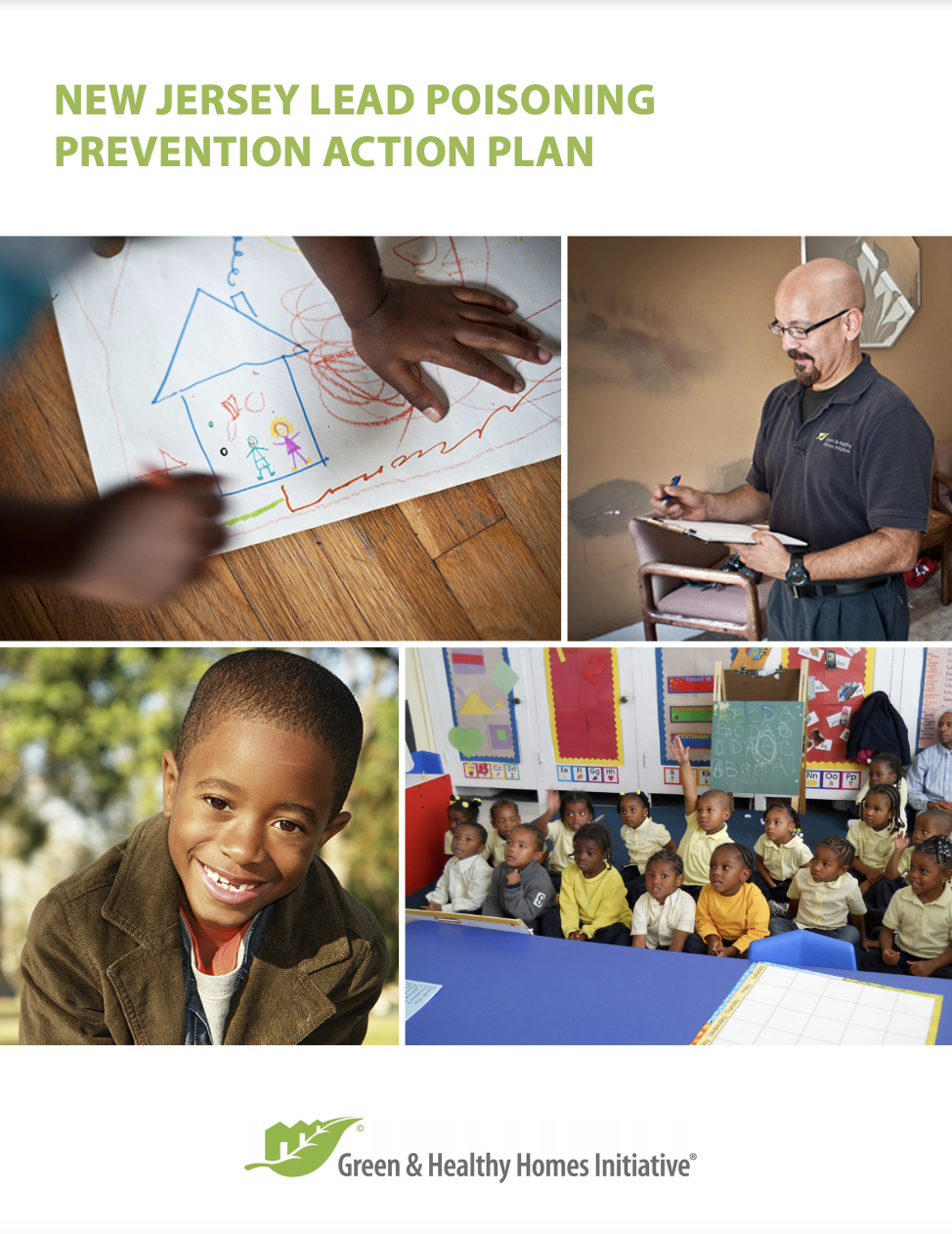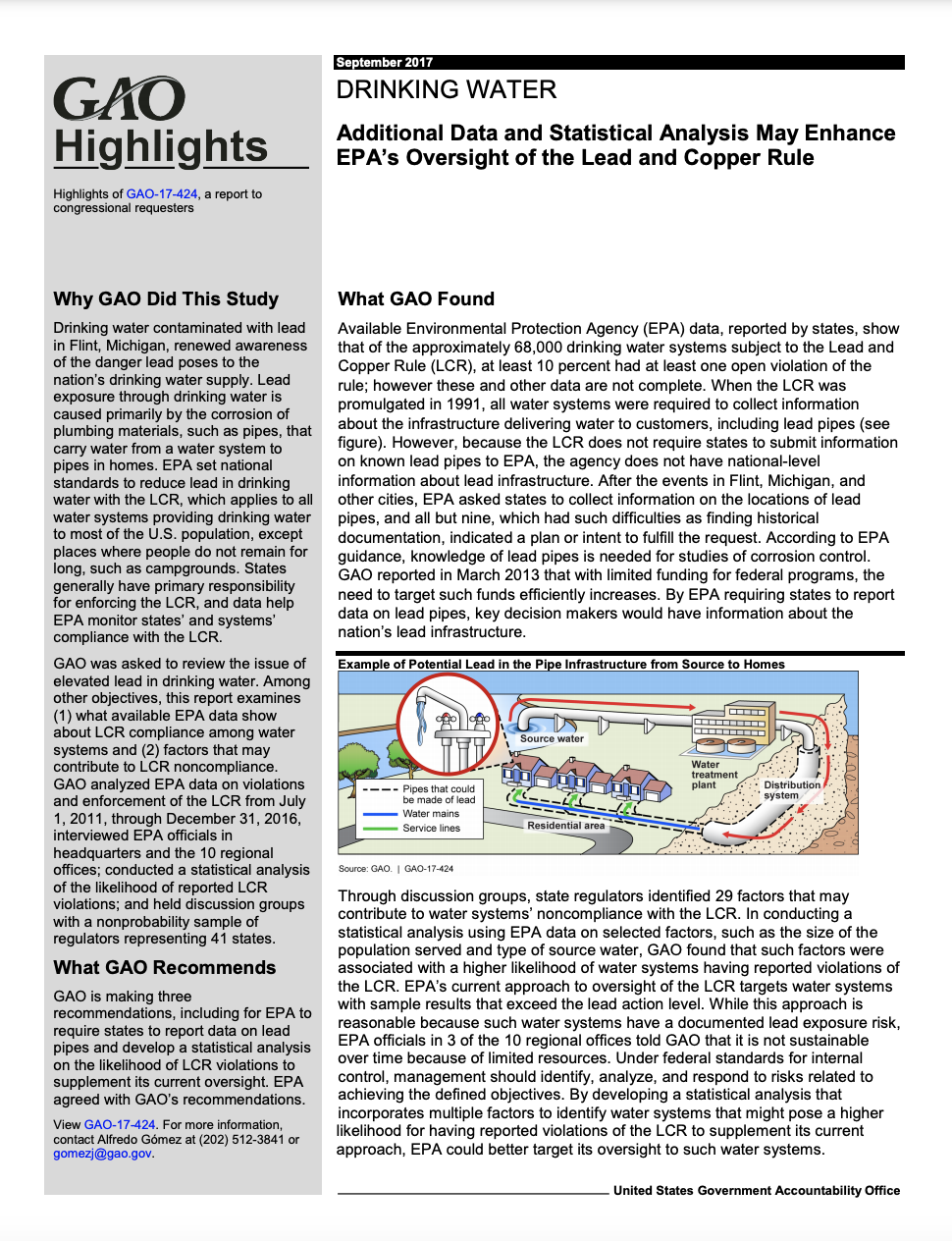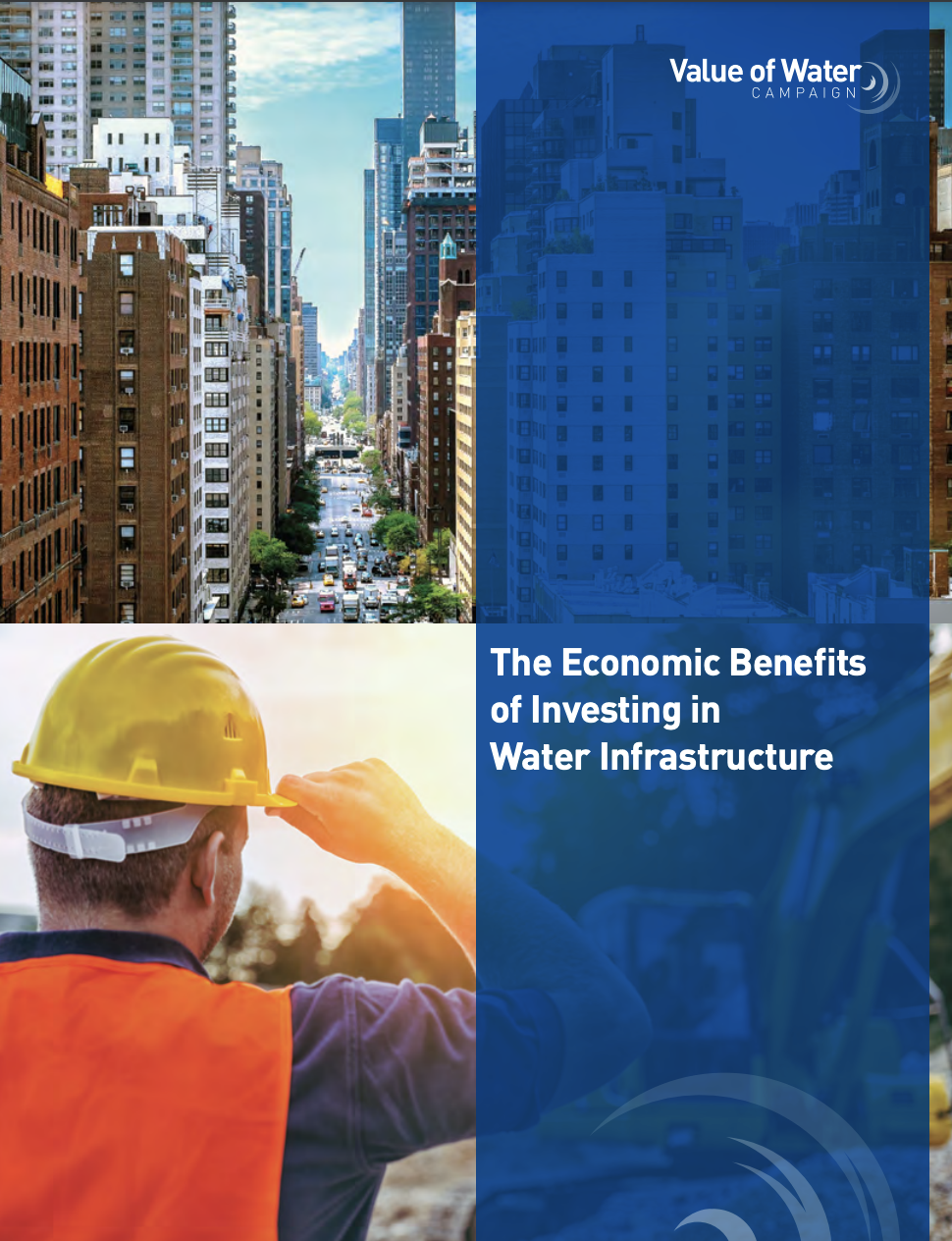This report, released by the Northeast-Midwest Institute, presents a comprehensive analysis of post-Flint statewide laws and regulations enacted in the NEMW states to improve water quality, as well as testing, reporting, and notification of lead results, and replacement of infrastructure. The report catalogs the severity of the lead crisis in the Northeast and Midwest jurisdictions… Continue reading Lead in Drinking Water: Post-Flint Media Coverage and Policy Changes in the Northeast-Midwest Region
Topic: Lead
Drinking Water and Wastewater Infrastructure: Information on Identified Needs, Planning for Future Conditions, and Coordination of Project Funding
The U.S. Government Accountability Office was asked to review federal programs that provide funding for drinking water and wastewater infrastructure. This report describes (1) how federal agencies and selected states identify drinking water and wastewater infrastructure needs; (2) how federal agencies have supported selected states’ planning for future conditions that may affect needs; and (3) the extent to which federal and state agencies have coordinated in… Continue reading Drinking Water and Wastewater Infrastructure: Information on Identified Needs, Planning for Future Conditions, and Coordination of Project Funding
Putting children first: Tackling lead in water in child care facilities
Addressing lead in water in child care facilities presents a significant opportunity to reduce lead exposure for many vulnerable children in a single location, with reasonable effort. To succeed in testing and remediating lead in water, child care facility operators, state licensing agencies, and health departments will need support from EPA, water utilities, and NSF International, as well as… Continue reading Putting children first: Tackling lead in water in child care facilities
New Jersey Lead Poisoning Prevention Action Plan
The analysis and recommendations contained in the 2018 New Jersey Lead Poisoning Prevention Action Plan provide a comprehensive framework for action steps that can be undertaken by the state, local agencies and other prevention partners to fully eliminate childhood lead poisoning within ten years in New Jersey. These strategies focus on the causal sources of environmental… Continue reading New Jersey Lead Poisoning Prevention Action Plan
Joint Legislative Task Force on Drinking Water Infrastructure’s Final Report
The Joint Legislative Task Force on Drinking Water Infrastructure convened on Jan. 8, 2018, and voted unanimously to adopt the findings and recommendations in its report. In response to concerns over the condition of the State’s drinking water infrastructure, on Jun. 30, 2016 the Legislature passed Senate Concurrent Resolution No. 86 and Assembly Concurrent Resolution… Continue reading Joint Legislative Task Force on Drinking Water Infrastructure’s Final Report
Seminar Reveals How New Legislation Will Affect New Jersey Water Purveyors
What does New Jersey really need? It needs water systems that are reliable, resilient, and affordable. The recently passed Water Quality Accountability Act (WQAA) is a milestone for New Jersey on its path to drinking water systems that meet these goals. But what does this statute mean for water purveyors and their stakeholders? Over the… Continue reading Seminar Reveals How New Legislation Will Affect New Jersey Water Purveyors
U.S. GAO Recommendations to Enhance EPA’s Oversight of Lead Rule
GAO makes three recommendations, as part of its report, “Additional Data and Statistical Analysis May Enhance EPA’s Oversight of the Lead and Copper Rule”, including for EPA to require states to report data on lead pipes and develop a statistical analysis on the likelihood of LCR violations to supplement its current oversight. EPA agreed with… Continue reading U.S. GAO Recommendations to Enhance EPA’s Oversight of Lead Rule
Lead in Drinking Water Results Ready for ‘Back to School’ Season
New Jersey Future has released the first compilation done at the statewide level of the results of school districts’ tests for lead in their facilities’ drinking water. The preliminary analysis shows that lead was found in drinking water in school districts of all types and sizes, and in all geographic areas of the state. School districts were… Continue reading Lead in Drinking Water Results Ready for ‘Back to School’ Season
Lead in School Drinking Water in New Jersey
New Jersey Future released this preliminary analysis of test results reported to and collected by the New Jersey Department of Education in order to help quantify the extent of the problem and recommend actions to ensure schools and communities are being provided all the support they need to remediate the situation.
The Economic Benefits of Investing in Water Infrastructure
This economic impact analysis from the The Value of Water Campaign quantifies the the need to increase investments in the nation’s water infrastructure and the impacts on economic growth and employment. Based on a 2016 assessment by the American Society of Civil Engineers (ASCE), this study estimates that the US needs to invest an additional… Continue reading The Economic Benefits of Investing in Water Infrastructure









